
Tooth Sensitivity
Dental professionals today are increasingly using digital dental radiographs (digital X-rays) to better detect, diagnose, treat, and monitor oral conditions and diseases.
Digital radiography is a type of X-ray imaging that uses digital X-ray sensors to replace traditional photographic X-ray film, producing enhanced computer images of teeth, gums, and other oral structures and conditions.
Digital dental images are acquired through three methods: the direct method, indirect method and semi-indirect method. The direct method uses an electronic sensor placed in the mouth to record images. The indirect technique uses an X-ray film scanner to view traditional dental X-rays as digital images. The semi-indirect digital technique combines a sensor and scanner to convert dental X-rays into digital film.
Digital dental radiographs can be taken inside (intraoral) or outside (extraoral) the mouth. Intraoral X-rays, the most commonly taken dental X-ray, provide great detail and are used to detect cavities, check the status of developing teeth and monitor teeth and bone health. Extraoral X-rays do not provide the detail of intraoral X-rays and are not used to identify individual tooth problems. However, they are used to detect impacted teeth, monitor jaw growth and development, and identify potential problems between teeth, jaws and temporomandibular joints (TMJ), or other facial bones.
Types of intraoral X-rays include:
Types of extraoral X-rays include:
The CBCT, which requires up to eight times more radiation than panoramic radiographs, does not slice images. Instead, its cone-shaped beam scans both the upper and lower mouth areas at once. The data is captured by a two-dimensional array and creates high-resolution images, which are then combined to form a 3-D image of the bony structures.
Benefits of digital dental radiographs compared to traditional dental X-rays include the following:
Digital radiograph start-up costs are expensive for dentists, with conservative estimates ranging from $11,000 to $15,000 for a wired sensor system (not including the cost for computers, software, and additional hardware, such as servers), to $20,000 to $50,000 for a wireless system, not including maintenance and service repairs. Most practices have more than one sensor, and there also is a cost associated with personnel hours to convert old records to digital.
Implementing digital radiography in a dental practice requires additional training that must be periodically updated to account for existing technology that quickly becomes obsolete or unavailable. The lack of universal digital dental radiography use is another disadvantage.
Additional disadvantages of digital dental radiographs include the following:
Sensor size: Some direct systems sensors are thicker and bulkier than dental films, causing patient discomfort, especially for those prone to gagging. Digital sensors are smaller than standard film, so they show less image areas.
Fragility: Thinner than film plates, PSP plates are more prone to damage from bending, often necessitating frequent replacements.
Infection control: Most digital sensors and PSP plates can’t be sterilized and therefore require protective plastic barriers that must be changed between patients to prevent cross contamination and infection.
Dentists, dental hygienists, dental assistants and oral/maxillofacial radiologists may take digital radiographs after completing special training. Radiographic training requirements for dental office personnel frequently differ from and are less stringent than those for medical X-ray personnel and are found in state dental practice acts or dental board regulations. Required training considerations include periodic safety updates and availability of and training in new equipment, supplies and techniques; infection control procedures; and continuing education in the proper and safe use of radiation equipment.
While radiation exposure is low with digital radiographs, no one should receive more radiation than absolutely necessary. Protective lead aprons and thyroid collars should be used, especially for pregnant women, women of childbearing years and children.
It is safe for pregnant women to have up to four radiographs per office visit, although most patients and doctors will elect to delay radiographs until the pregnancy is over. There should be no concerns for a pregnant woman to have an X-ray taken in an emergency situation. Precautions such as the use of “double lead aprons” cut radiographic exposure down to nearly immeasurable levels. Women who are breast-feeding or trying to become pregnant do not need to delay X-rays.![]()

Tooth Sensitivity

Ask the Expert

Pediatric Dentistry
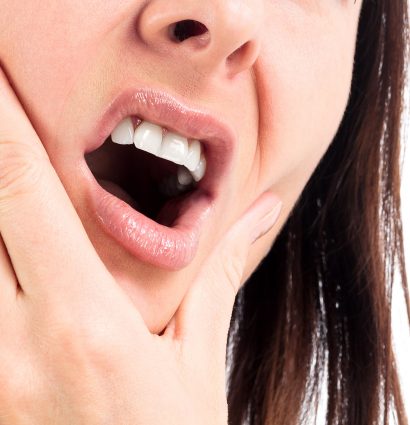
Oral Health
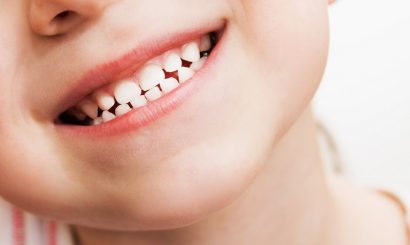
Pediatric Dentistry

Oral Health

Dental Hygiene
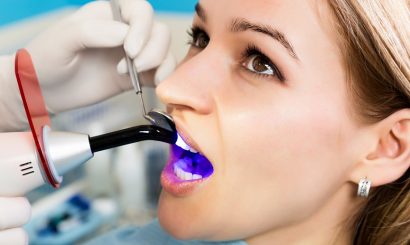
Tooth Restoration

Dental Public Health
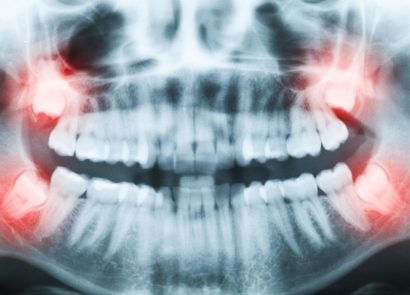
Wisdom Teeth
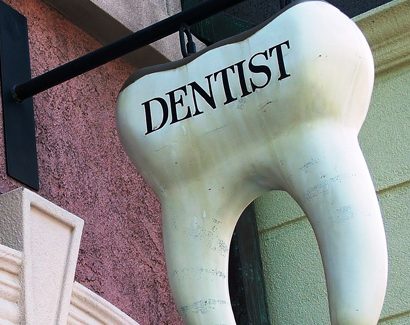
Dentists
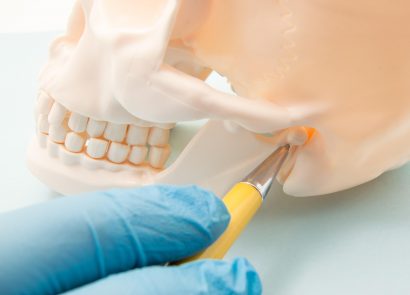
TMJ

Sleep Apnea

Cosmetic Dentistry
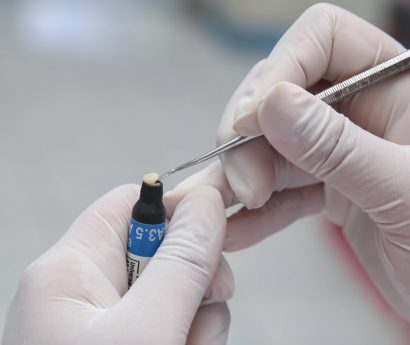
Dental Veneers